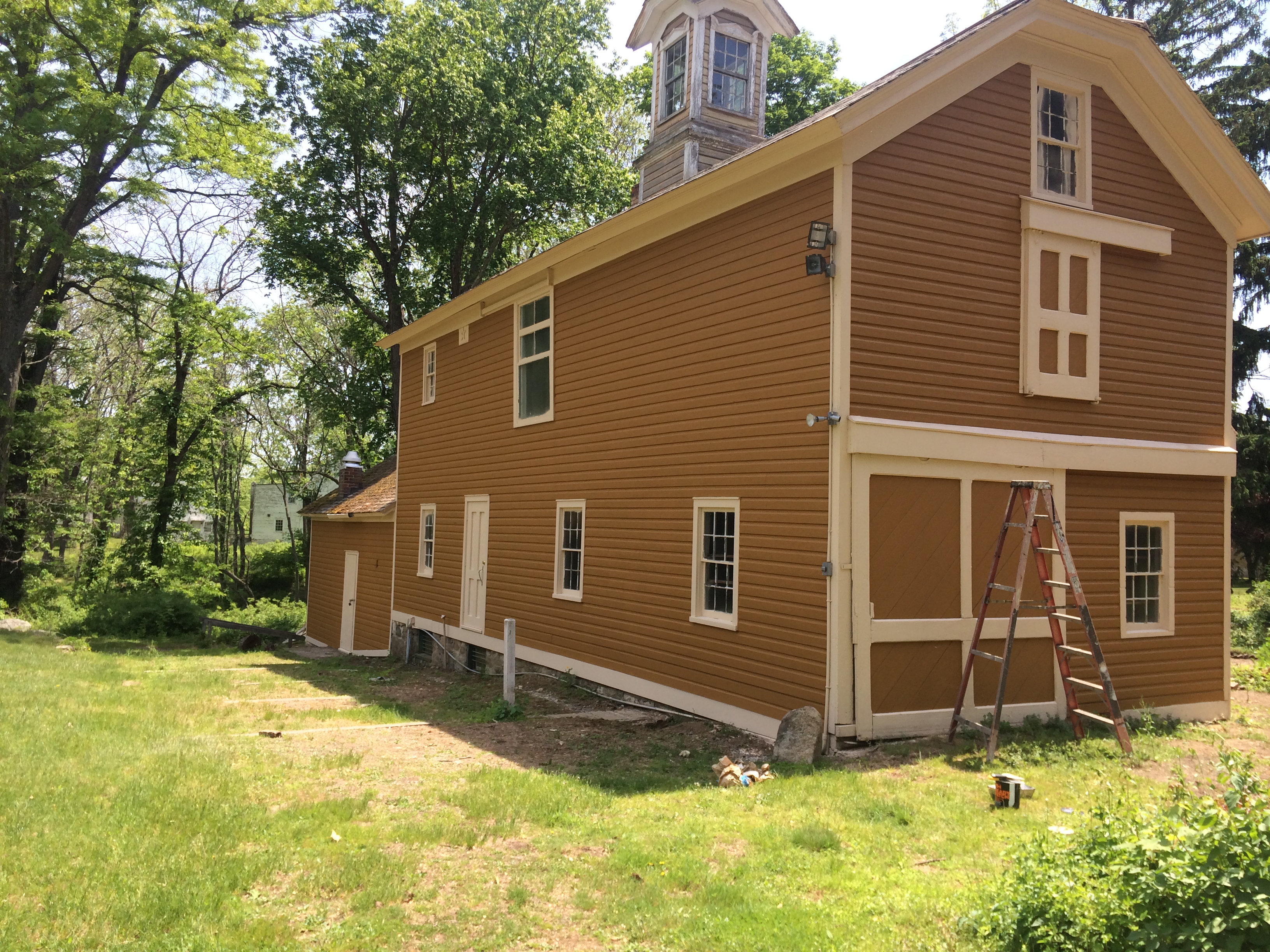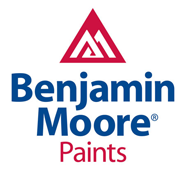Experience the Difference Quality Makes in Your Red Bank Property
Transforming a space with a fresh coat of paint seems straightforward, but the difference between an amateur job and a professional finish is night and day. For property managers, discerning homeowners, and commercial developers in Red Bank, New Jersey, the value of partnering with a professional painting contractor extends far beyond aesthetics. It’s an investment in durability, efficiency, and peace of mind. A flawless finish not only enhances curb appeal and interior ambiance but also protects your property from the elements, ultimately preserving its value for years to come.
Since 1989, Spectra Painting has delivered meticulous results across New Jersey, understanding that superior painting requires more than just a brush and a can. It demands expertise in surface preparation, knowledge of advanced coating technologies, and a commitment to flawless execution. Whether it’s a large-scale commercial project or a detailed historic restoration, the right team ensures the job is done right the first time.
The Hallmarks of a True Professional Painting Contractor
Navigating the sea of painting services can be challenging. True professionals distinguish themselves through a combination of skill, process, and proven reliability. Here’s what sets an expert contractor apart from the rest.
Meticulous Preparation
The secret to a long-lasting paint job is in the prep work. A professional contractor never cuts corners. This includes thorough cleaning, sanding, repairing imperfections, and priming surfaces to ensure optimal adhesion. For projects requiring intensive cleaning, services like sandblasting are essential for preparing metal and masonry surfaces, stripping away old coatings and corrosion to create a perfect canvas.
Expertise in Advanced Coatings
Different environments and surfaces demand specific solutions. A seasoned contractor possesses deep knowledge of various coatings, from durable epoxies for industrial floors to specialized fire-retardant paints. Techniques such as electrostatic painting offer a factory-like finish on metal fixtures, fences, and machinery with minimal overspray, providing a smooth, durable coating that is both efficient and clean.
Efficiency and Project Management
Professional teams operate with a clear plan and timeline. They understand the importance of minimizing disruption, especially in active commercial environments. For large-scale commercial painting projects, this includes working during off-hours and weekends to ensure your business operations continue smoothly while delivering results on schedule.
Safety and Insurance
A reputable contractor is fully licensed and insured, protecting both their workers and your property. They adhere to strict safety protocols, especially when dealing with heights, specialized equipment, or potentially hazardous materials like lead paint in older homes. This commitment to safety is a non-negotiable aspect of professional service.
Did You Know? Quick Facts
Color Psychology is Real: The colors you choose can significantly impact mood and productivity. Blues and greens often create a sense of calm, making them ideal for offices and healthcare facilities, while warmer tones can make a home feel more welcoming.
Surface Prep is 80% of the Job: Most painting professionals agree that the majority of their time on any project is dedicated to preparing the surface. This crucial step determines the quality and longevity of the final finish.
Historic Paints Were Different: Paints used in historic restoration often require specialized formulas to match the original matte or low-sheen finishes. Modern latex paints can trap moisture in old wood, causing damage, which is why historical accuracy in materials is key.
Choosing the Right Contractor in Red Bank, NJ
Red Bank’s unique blend of historic buildings and modern commercial spaces requires a painting contractor with diverse expertise. The coastal climate also means that exterior paints need to withstand moisture, salt, and seasonal temperature shifts. When vetting a contractor, consider their experience with properties similar to yours.
Questions to Ask Your Potential Painting Contractor:
- Can you provide a portfolio of completed projects in the Red Bank area?
- Are you fully licensed and insured in the state of New Jersey?
- What is your process for surface preparation, especially for older or weathered surfaces?
- How will you protect my property (flooring, furniture, landscaping) during the project?
- What types of paint and materials do you recommend for my specific needs (e.g., high-traffic areas, exterior durability)?
- Do you offer specialized services like waterproofing or fire-retardant coatings?
A truly professional painting contractor will welcome these questions and provide clear, confident answers. Their goal is to build trust and ensure you are comfortable with every step of the process, whether it’s a simple interior repaint or a complex commercial undertaking.
Ready to Elevate Your Property?
Don’t settle for less than a flawless finish. Spectra Painting has been the trusted choice for commercial, industrial, and residential painting in New Jersey since 1989. Let our expertise bring your vision to life.
Frequently Asked Questions (FAQ)
How long will my painting project take?
The timeline for a painting project depends on its size, complexity, and the extent of preparation needed. A professional contractor will provide a detailed schedule upfront. For instance, an average-sized residential interior might take a few days, while a large commercial exterior could take several weeks. Factors like weather (for exterior jobs) and paint drying times also play a role.
What do I need to do to prepare for the painters?
While the painters will handle the major prep work like covering floors and furniture, it’s helpful to remove small, fragile, and personal items from the area being painted. Clear shelves, take down pictures, and ensure pets are secured in a separate space. Your contractor will provide a specific checklist before they begin.
Is there a big difference between paint brands and types?
Absolutely. High-quality paints from reputable brands offer better coverage, durability, and color retention. A professional contractor will recommend the best type of paint (e.g., latex, oil-based, acrylic) and finish (e.g., matte, satin, semi-gloss) for each specific application, ensuring a beautiful and long-lasting result tailored to your needs.
Why is professional painting more expensive than DIY?
The cost of hiring a professional reflects their expertise, labor, insurance, high-quality materials, and specialized equipment. While DIY may seem cheaper initially, mistakes can lead to costly corrections. Professionals deliver a higher quality, more durable finish in less time and guarantee their work, providing long-term value and peace of mind.






